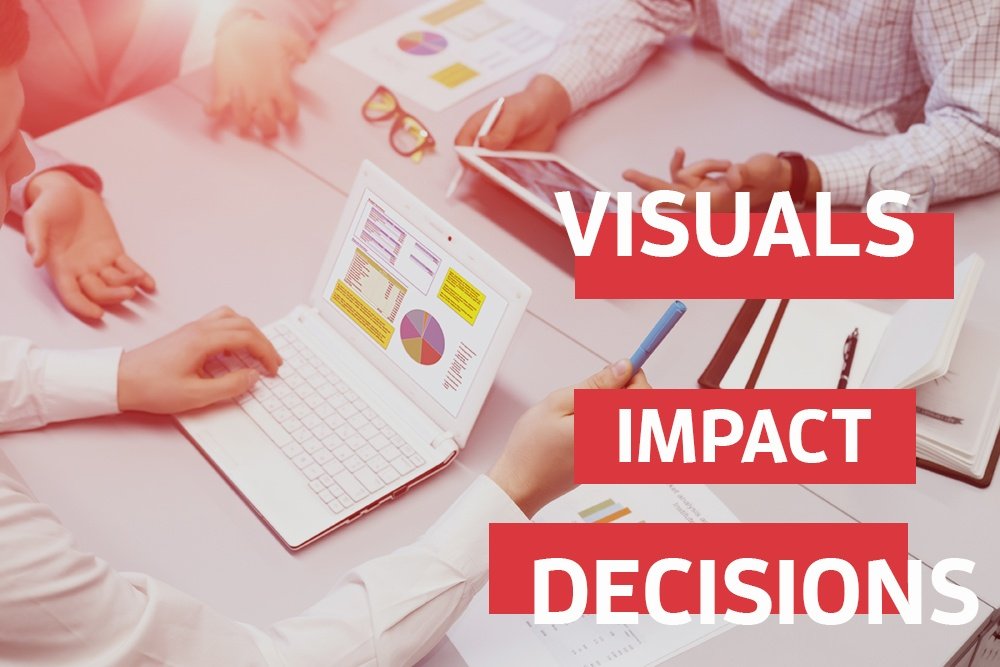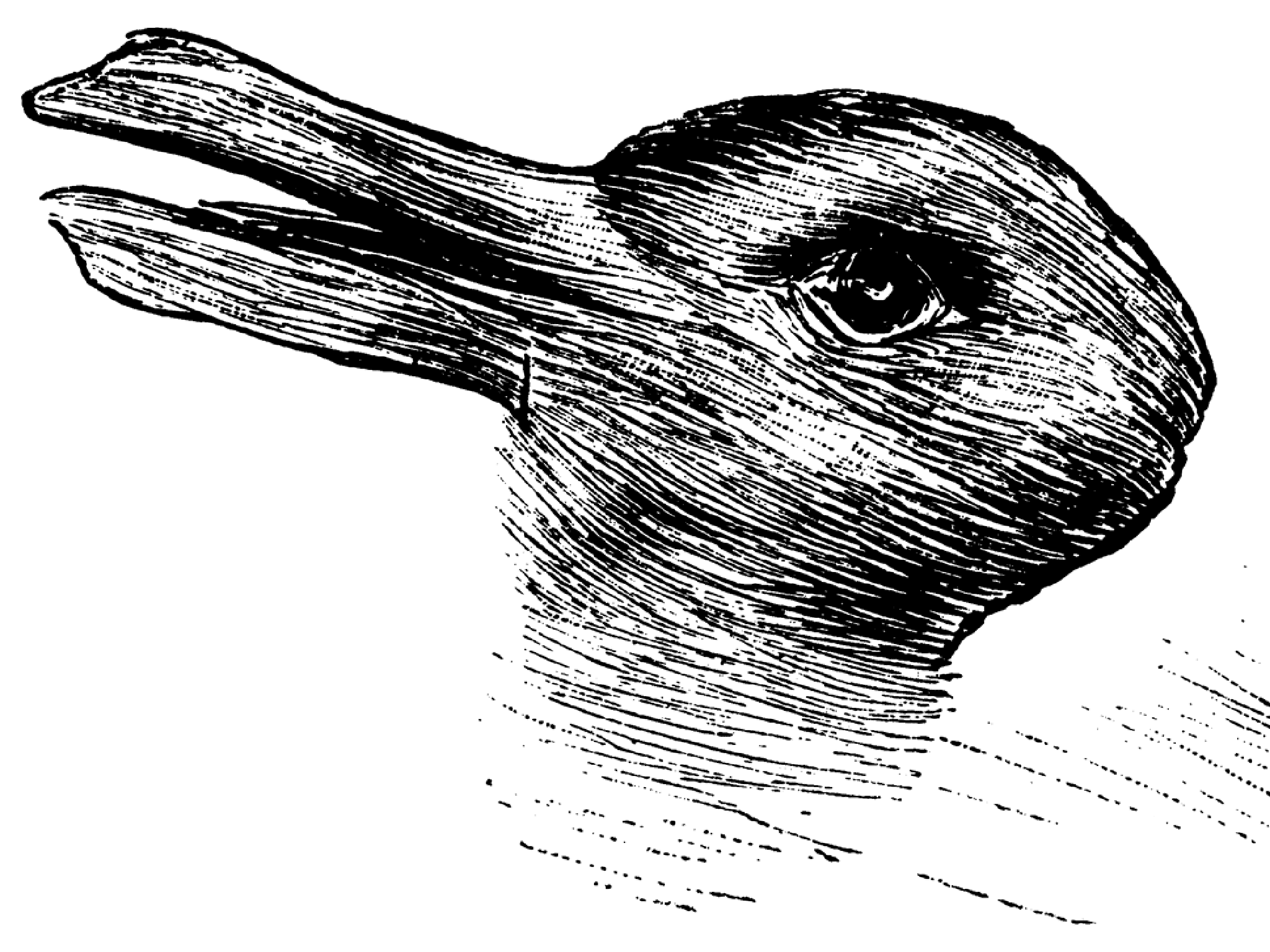
You probably already know that images are powerful. Visuals quickly transmit information to our brain. They trigger our emotions. They help us learn and remember.
But did you know that visuals may also impact our ability to make decisions?
Two studies have found that what we see affects what we think and do.
These studies show how visuals impact decision making and remind us that photos, videos, and graphics have an influential role in guiding people to take action.
Study #1: Visuals Prompt Your Brain to Make Decisions for You
Researchers at Michigan State University believe, “The part of the brain responsible for seeing is more powerful than previously believed.”
In a study that looked at which parts of the brain were active during a series of visual stimulation, they found that the visual cortex can make decisions just like the brain’s “higher-level” areas.
Before the study, it was thought that the association cortex, known for higher-level functions, was primarily responsible for making choices. The visual cortex, on the other hand, was responsible for the lower-level, less complex task of processing visual information. It would explain to the brain what you were seeing.
But their study found that the visual cortex controls more than interpreting images. The visual cortex actual has decision-making power.
We won’t go deep into the complicated science or details of the study. You can read the full study here.
But, we will show an example of how your brain may make decisions for you.
Look at the image below. What do you see?

If you said a duck, you’re right.
But if you said a rabbit, you’re right too.
Now, try to look at the image and see both animals at the same time. It’s difficult to do because your brain is wired to see a visual and interpret it in one way. You can only see one image and then flip your perception to see the other image.
Your brain has to choose which image it wants to see.
Before the study, it was thought that the association cortex made this decision. But the study shows that it’s actually the visual cortex directing this interpretation.
“The part of the brain that is responsible for seeing, for the apparently ‘simple’ act of generating the picture in our mind’s eye, turns out to have the ability to do something akin to choosing…” says Jan Brascamp, MSU assistant professor of psychology and lead investigator of the study.
Now, this doesn’t necessarily mean that seeing an image will prompt our brain to make a decision such as a purchasing decision (i.e. Which food item do I want?).
But, it does imply that visual impacts decision marketing more than we originally thought.
Study #2: Seeing Photos of Food Changes Ordering Habits
Another study found that photos of food are so powerful they were able to make kids believe a salad was a better food option than tacos and sloppy joes.
The study conducted by researchers at Iowa State University found that “salad consumption among kids increased as much as 90 percent when a digital display showed a rotating image of the salad.”
Researchers Laura Smarandescu, an assistant professor of marketing, and Brian Mennecke, an associate professor of information systems, added a digital display with rotating images of salads to a cafeteria in a summer camp for kids aged 6-12.
Once the rotating photos were displayed, campers were far more likely to add items from the salad bar, such as lettuce, cucumbers, tomatoes, and carrots, to their plates.
Boys were especially responsive to the digital menu boards and were 50 to 70 percent more likely to serve themselves salad.
The researchers attribute the rise in salad consumption to the “influence of environmental cues and images on consumer behavior.” They also believe that displaying a rotating series of images was more effective than showing one static image.
“The more vivid the image, in terms of movement, color and accuracy of representation, the more realistic, the more it’s going to stimulate your response to it,” Mennecke said. “You respond to the image on the display like you would respond to a plate in front of you. If you’re hungry you respond by saying, ‘I’ll have what’s in that picture.’”
The researchers also believe this is an indication of how we all use images to help us make decisions about our food options.
“If you can’t see what an item looks like you have more uncertainty in a way. By seeing a picture of an item that looks good, that will likely influence choice,” Smarandescu said.
The two research studies, while very different in theory and experiment process, prove a similar point.
In some way, visuals impact decision making. They can get us to act and think in different ways and control our behaviors without us even realizing it.
So as you approach your marketing efforts, don’t overlook the powerful element of visuals. Be sure that your visual marketing is professional, strategic, and directed to motivate your audience to act.
Want to learn more about the power of visual marketing?
Check out our article Compelling Reasons Why Visual Marketing Matters More Than You Think, which dives deeper into how graphics affect our emotions, memory, and brains.